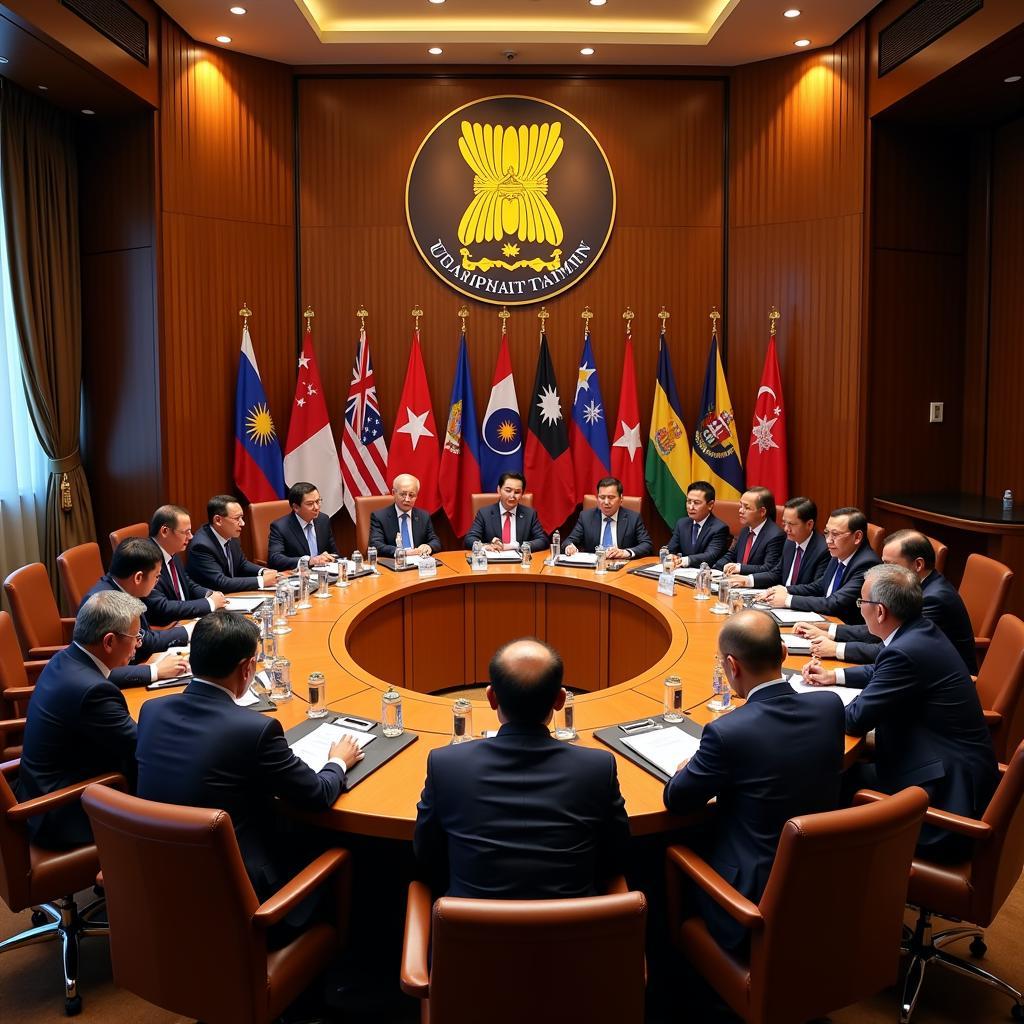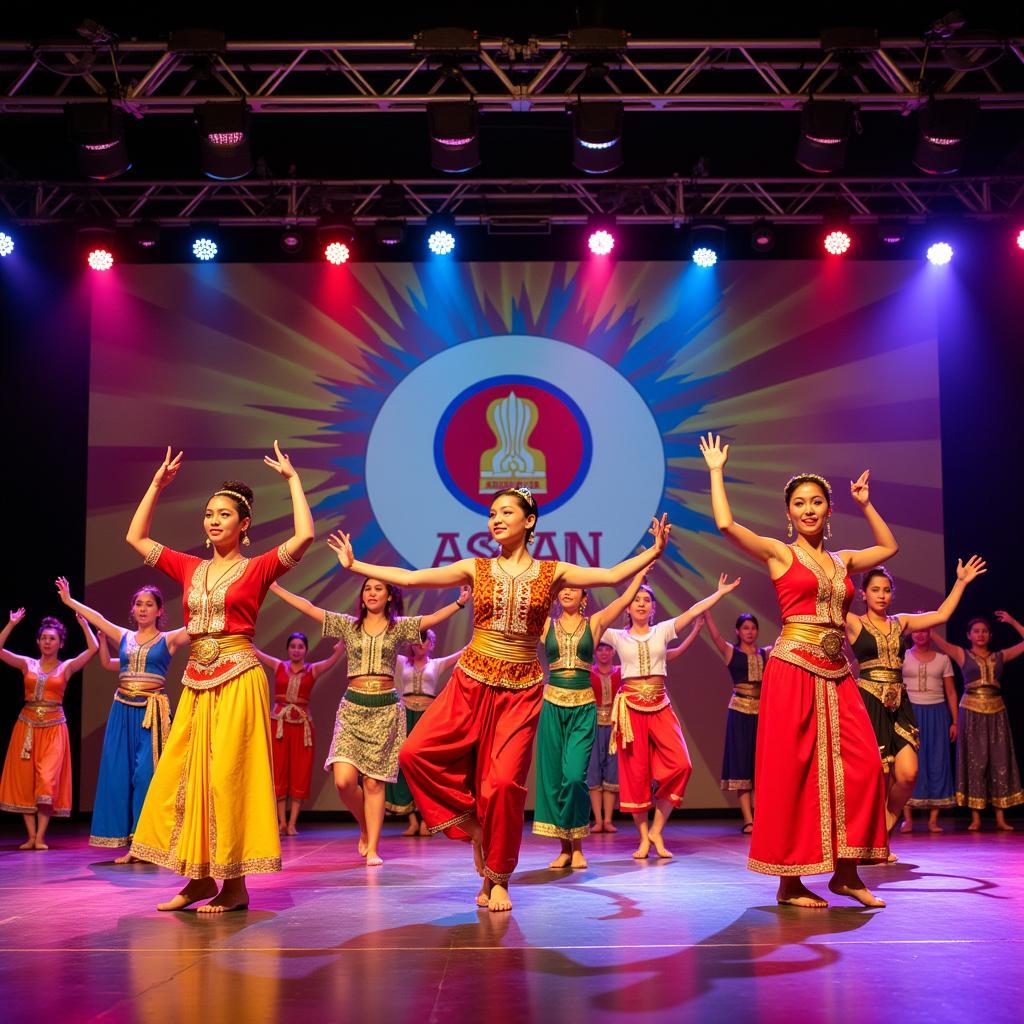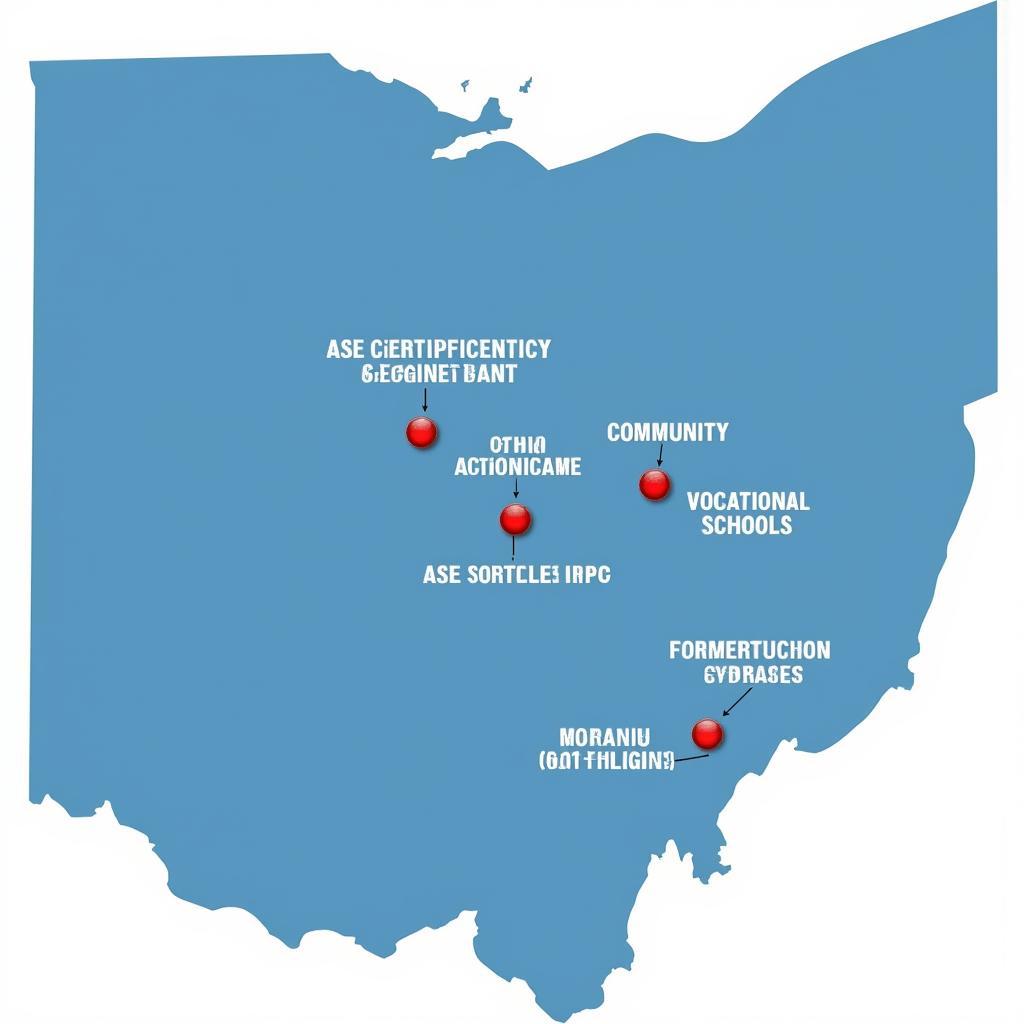The question “Anggota Asean Ada Berapa” translates to “how many members are there in ASEAN” in Indonesian, revealing a curiosity about the composition of this Southeast Asian bloc. As of 2023, the Association of Southeast Asian Nations (ASEAN) boasts a total of 10 member states, each contributing to the region’s dynamic economic and socio-cultural landscape.
Delving Deeper: ASEAN Member States
While knowing the answer to “anggota asean ada berapa” is a start, understanding the individual nations paints a more comprehensive picture:
- Brunei Darussalam: Known for its oil wealth and Islamic heritage.
- Cambodia: Home to the majestic Angkor Wat and a vibrant culture.
- Indonesia: The world’s largest archipelago, boasting immense biodiversity and a youthful population.
- Laos: A landlocked nation characterized by its mountainous terrain and ancient Buddhist temples.
- Malaysia: A melting pot of cultures with bustling cities and pristine beaches.
- Myanmar: A country rich in history and culture, currently navigating its political landscape.
- Philippines: An archipelago known for its beautiful islands, warm hospitality, and English proficiency.
- Singapore: A global financial hub renowned for its efficiency and multiculturalism.
- Thailand: A popular tourist destination known for its ornate temples, delicious cuisine, and vibrant nightlife.
- Vietnam: A rapidly developing nation with a rich history, diverse landscapes, and resilient people.
 Map of ASEAN Countries
Map of ASEAN Countries
ASEAN: A Brief History
The journey to forming this 10-nation bloc began in 1967. Five countries – Indonesia, Malaysia, Philippines, Singapore, and Thailand – signed the Bangkok Declaration, marking the birth of ASEAN. This pivotal moment was driven by a shared desire for peace, stability, and cooperation following a tumultuous period in Southeast Asian history.
Beyond the Numbers: ASEAN’s Significance
The importance of ASEAN extends beyond simply knowing how many countries are members (anggota asean ada berapa). The organization plays a crucial role in:
- Promoting Economic Growth: ASEAN has established a free trade area, fostering economic integration and attracting foreign investment.
- Maintaining Peace and Security: Through dialogue and cooperation, ASEAN addresses regional issues and promotes peaceful resolutions to disputes.
- Preserving Cultural Heritage: The organization celebrates the rich and diverse cultures of its member states, fostering cross-cultural understanding and appreciation.
 ASEAN Leaders at a Summit
ASEAN Leaders at a Summit
Looking Ahead: ASEAN’s Future
ASEAN continues to evolve, facing new challenges and opportunities in a rapidly changing world. Key focus areas include:
- Narrowing the Development Gap: Bridging the economic divide between member states is crucial for inclusive and sustainable growth.
- Enhancing Connectivity: Improving infrastructure and digital connectivity will further integrate the region and boost trade.
- Strengthening ASEAN’s Global Role: The bloc actively engages in global affairs, advocating for its interests and contributing to solutions for shared challenges.
“Professor Tan Sri Dr. Ahmad,” a respected scholar of Southeast Asian studies, emphasizes the bloc’s potential: “ASEAN’s strength lies in its diversity. By harnessing the collective power of its member states, the organization can achieve remarkable progress on the global stage.”
Conclusion: More Than Just a Number
While knowing that there are 10 member states in ASEAN (anggota asean ada berapa) provides a basic understanding, it merely scratches the surface. Each country contributes its unique strengths and characteristics, creating a dynamic and influential bloc. As ASEAN continues to evolve, its impact on Southeast Asia and the world promises to be significant.
For more information about ASEAN’s history and values, you can read about the [1995 ase value](https://aseanmediadirectory.com/1995-ase value/). To gain a deeper understanding of the individual member states, you can explore our article on how many countries are in asean.
FAQs
1. What does ASEAN stand for?
ASEAN stands for the Association of Southeast Asian Nations.
2. When was ASEAN established?
ASEAN was established on August 8, 1967, with the signing of the Bangkok Declaration.
3. What is the main purpose of ASEAN?
ASEAN aims to accelerate economic growth, social progress, and cultural development among its member states, promote regional peace and stability, and collaborate on matters of common interest.
 ASEAN Cultural Festival
ASEAN Cultural Festival
4. What are the official languages of ASEAN?
English is the sole official language of ASEAN.
5. How does ASEAN promote economic cooperation?
ASEAN has established a free trade area to eliminate tariffs and other trade barriers among member states, promoting economic integration and attracting foreign investment.
6. What are some of the challenges facing ASEAN?
Some challenges facing ASEAN include narrowing the development gap between member states, enhancing regional connectivity, addressing territorial disputes in the South China Sea, and responding effectively to global issues like climate change and cybersecurity threats.
7. How can I learn more about specific ASEAN countries?
You can find more information about the individual member states, including their history, culture, and attractions, by exploring the dedicated country pages on our website.
Need More Information on ASEAN?
We encourage you to explore more insightful content on our website, including articles on specific ASEAN member states and their unique contributions to the bloc. You can also delve deeper into the history of ASEAN and its guiding principles.
For any further inquiries, please don’t hesitate to contact us:
Phone: +84 369 020 373
Email: [email protected]
Address: Thon Ngoc Lien, Hiep Hoa, Bac Giang, Vietnam
Our dedicated team is available 24/7 to assist you with any questions you may have.


